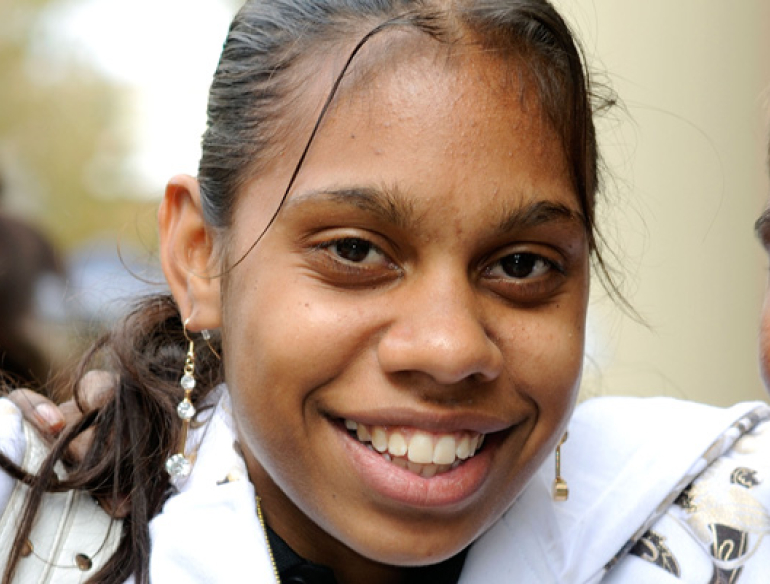Sydney, Australia – 20 March 2017: There has been a marked drop in genital warts among young Aboriginal and Torres Strait Islander people in Australia since the Government introduced the national human papillomavirus (HPV) vaccination program.
The data are presented by the Kirby Institute at UNSW Sydney in a paper published today in the Medical Journal of Australia. Researchers examined data collected from 39 sexual health clinics from 2004 – 2014 to determine the impact of the Australian Government’s HPV vaccination program on genital warts in Australian Aboriginal and Torres Strait Islander people, since the program began in 2007.
The Kirby Institute reports that the proportion of Aboriginal women diagnosed with warts decreased significantly by 96.1%, from 7.8% in 2007 to 0.3% in those younger than 21 years - the most vaccinated group. There was no significant decline in women over 30 years old, few of whom were vaccinated. The proportion of Aboriginal heterosexual men younger than 21 years old diagnosed with warts decreased from 7.4% in 2007 to 0% in 2014. The decline in men was presumed to be a herd protection effect because most of their partners are not infected.
“The decline in diagnoses of genital warts in young Aboriginal women and men is similar to declines we’ve seen in young non-Aboriginal women and men of similar age,” said Professor Basil Donovan from the Kirby Institute. “It’s essentially a good news story, suggesting a small step toward Closing the Gap.
“Sustained high vaccine coverage rates and monitoring vaccination of coverage in Aboriginal populations are needed to ‘close the gap’ for cervical and other HPV-related cancers in both women and men,” said Professor Donovan.
Access the MJA paper here: https://www.mja.com.au/journal/2017/206/05
Contact
Laurie Legere
Phone
0413 476 647
